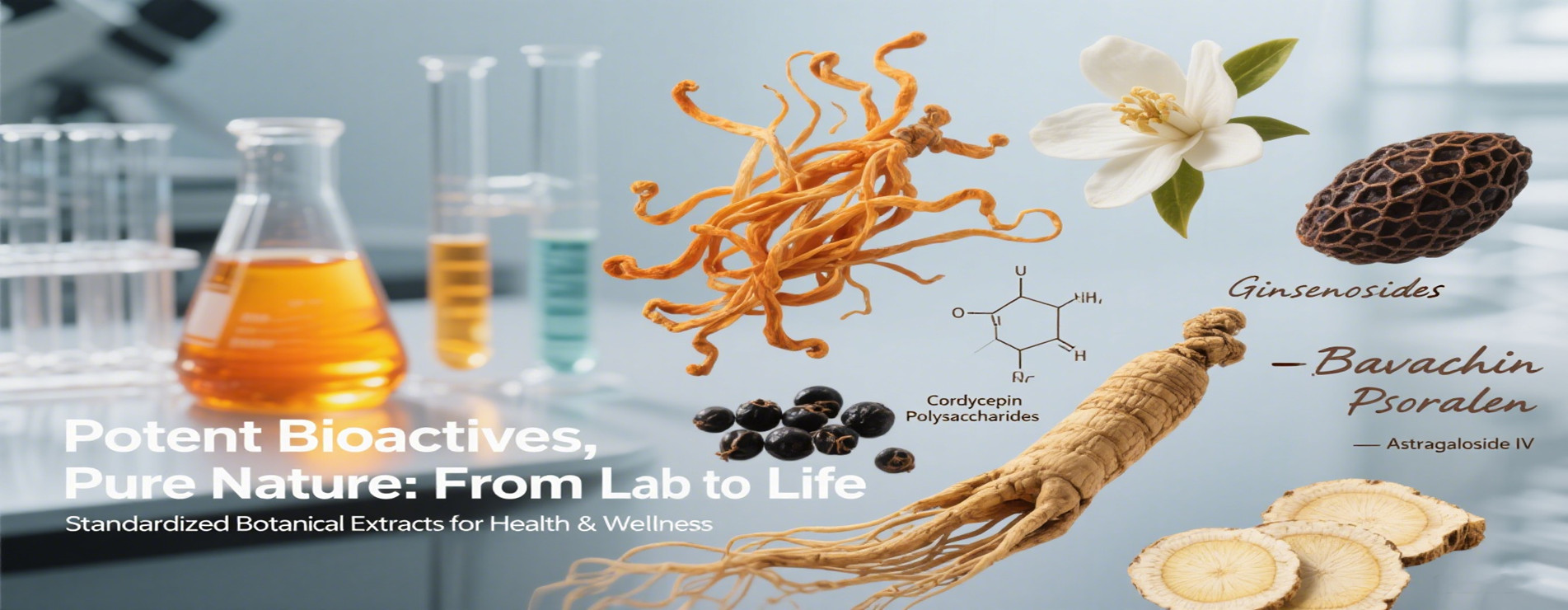What Are You Looking For?

Bioactive PMA/TPA – Gold Standard Tumor Promoter & Immune Response Modulator | CAS 16561-29-8
Phorbol 12-Myristate 13-Acetate (PMA) 98% (CAS:16561-29-8) is an ultra-pure, crystalline PKC activator derived from Croton tiglium seeds, validated for tumor promotion and immunology research. With ≥98% HPLC-verified purity, it reliably induces PKC-dependent pathways at 1-100 nM concentrations in models ranging from DMBA-initiated carcinogenesis to neutrophil NETosis studies.
Product Name :
Phorbol 12-Myristate 13-Acetate (PMA)CAS No. :
16561-29-8Appearance :
Off-white to light yellow crystalline powderSpecification :
98%CAS: 16561-29-8
Molecular Formula: C??H??O?
Molecular Weight: 616.83 g/mol
Appearance: Off-white to light yellow crystalline powder
Ultra-Potent PKC Activator & Tumor Promotion Research Tool
≥98% Purity (HPLC-UV validated, λmax 210 nm)
Tumor Promotion Mechanism: Inhibits intercellular communication via PKC-dependent pathways, driving initiated cell proliferation in carcinogenesis models.
Immunology Modulator: Induces neutrophil oxidative burst and T-cell activation at 1–100 nM concentrations.
1. Tumor Promotion Studies
Acts as a classic stage-II promoter in two-stage mouse skin carcinogenesis models (e.g., synergizes with DMBA initiator, inducing squamous carcinomas in 58% of mice after 20-week topical application).
Dose-dependent activity: 1–10 μg/mL in vitro triggers PKC translocation to membranes within 5 min.
2. Immunological Activation
Neutrophil priming: 10 nM PMA increases superoxide production by 300% in human neutrophils.
T-cell differentiation: 5 nM induces Th17 polarization via PKCθ/NF-κB axis (IL-17↑ 8-fold).
3. Cell Signaling Research
Apoptosis resistance: Sustains ERK/MAPK pathway activation, blocking anoikis in metastatic cancer lines.
| Parameter | Detail |
|---|---|
| Purity | ≥98% (HPLC-UV, C18 reverse phase) |
| Source | Croton tiglium seeds (traceable to Xinjiang cultivation) |
| Melting Point | 65–79°C |
| Solubility | DMSO (100 mg/mL), ethanol (50 mg/mL); insoluble in H?O |
| Storage | -20°C in desiccated amber vials (24-month stability) |
| Key Impurities | Jaceosidin ≤0.2% (HPLC-controlled) |
| Hazard Classification | Xi (Skin/eye irritant) - R36/37/38 |
Oncology Mechanism Studies
Tumor promotion assays: 0.1–1 μM in DMBA-initiated mouse skin models.
Metastasis research: Activates PKCε to enhance invadopodia formation in breast cancer cells (MDA-MB-231).
Immunology & Inflammation Models
Neutrophil NETosis inducer: 25 nM in RPMI-1640 for 4 h.
Autoimmune disease modeling: 10 nM primes PBMCs for IL-23/Th17 pathway analysis.
Drug Discovery Tools
PKC inhibitor screening: Reference agonist for IC?? determination (e.g., against sotrastaurin).
1. Bioactivity-Verified Supply
Batch-specific tumor promotion validation reports (included with ≥50 mg orders):
DMBA+PMA mouse skin papilloma assay data
PKCα translocation efficiency (confocal imaging).
2. Sustainable Sourcing
Croton tiglium from regenerative farms (pesticide-free; blockchain-tracked from Xinjiang).
3. Advanced Formulations
Liposomal PMA: Enhances aqueous solubility 12× (for in vivo studies).
PMA-BSA conjugates: Stabilized for ELISA-based PKC activity kits 10.
| Cargo Weight | Packaging Method | Storage | Stability |
|---|---|---|---|
| 5 mg | Argon-sealed amber vial | -20°C | 24 months |
| 10 mg | Vacuum-desiccated glass vial | -20°C | 24 months |
| 50 mg | Pharma-grade aluminum can | -20°C (dry) | 36 months* |
| 100 mg | Nitrogen-flushed vial | -20°C (dry) | 36 months* |
*With dessicant; reconstituted solutions stable 2 months at -20°C in DMSO 610.
Global Compliance
Ready dossiers for FDA IND (21 CFR 312), EU Annex 1 GMP, and China NMPA registrations.
Q: How to confirm PKC activation in cellular assays?
A: Include batch-specific Western blot data (PKCα membrane translocation in HeLa cells) with every order.
Q: Solubility protocol for in vivo studies?
A: Use liposomal encapsulation (e.g., 1 mg PMA + 10 mg DPPC) or cyclodextrin complexation (solubility ↑ to 8.5 mg/mL).
Q: Inactivation procedure for waste disposal?
A: Treat with 10% sodium hypochlorite (30 min) → neutralize to pH 7 → incinerate.
Toxicity: LD?? (rat oral) = 1 mg/kg; use fume hood + nitrile gloves during handling.
Certifications: CoA with residual solvent limits (CHCl? < 60 ppm, MeOH < 3000 ppm).